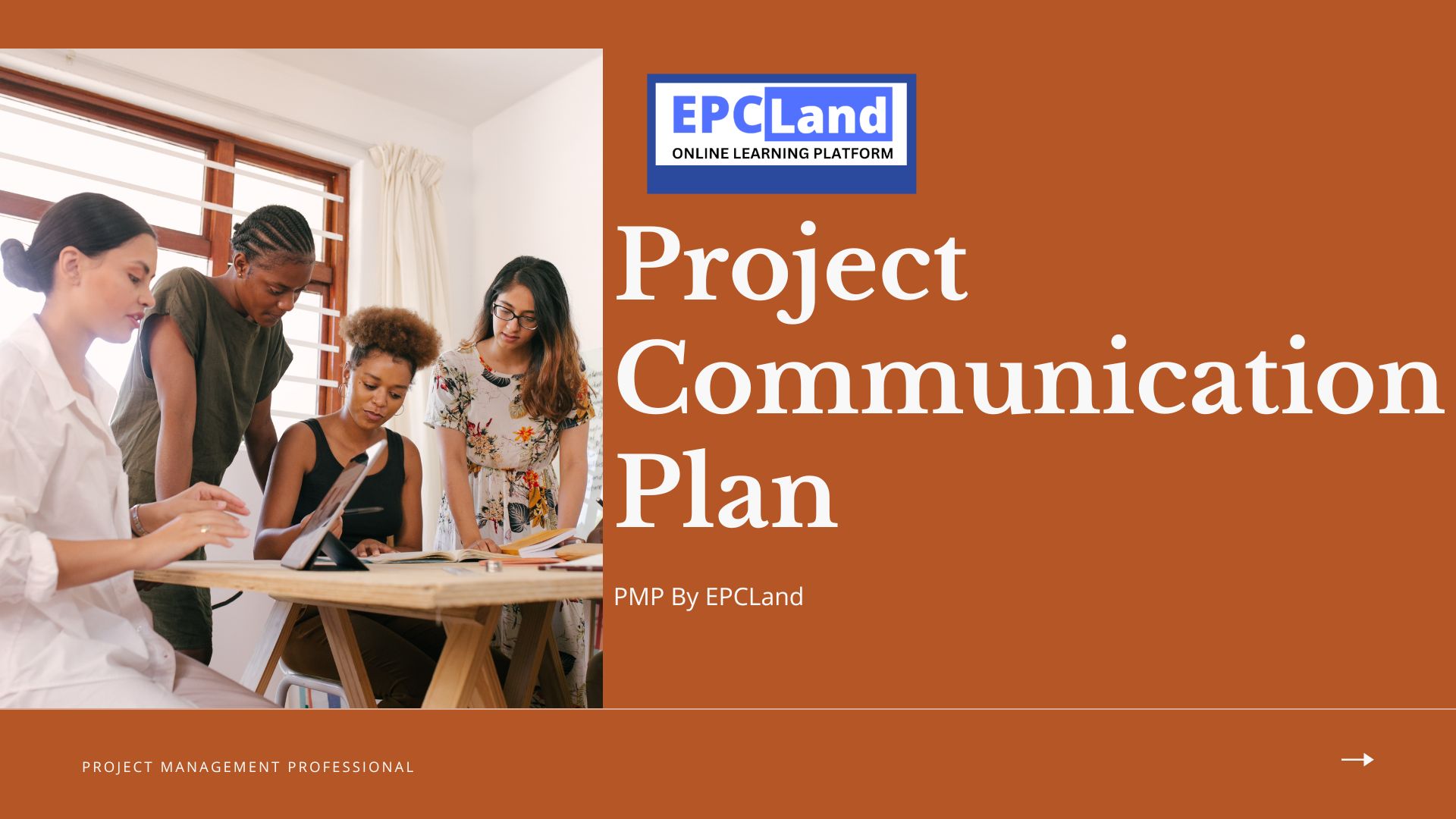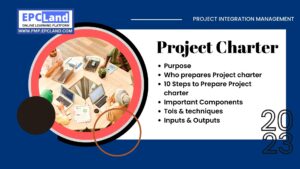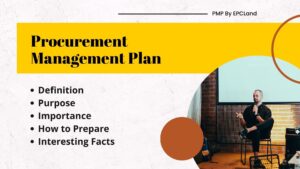Table of Contents
ToggleWhat is a Project Communication Management Plan?
A project management communication plan establishes how important information is communicated to stakeholders throughout the project. It also determines who receives notifications, how they receive them, when they receive them, and how often they receive that information.
For example, if you’re the project manager responsible for launching a new website, you’ve probably already broken the project into tasks such as wireframing, copywriting, and coding. But what is communicated to stakeholders at each stage of the project?
When creating a communication plan for your project, be sure to include the following:
- Objectives or goals of the communication plan.
- Information on stakeholders and their roles.
- Types of information that should be shared with stakeholders.
- The method used for communication.
- The frequency with which each stakeholder wishes to receive information.
Attempt Quiz-1 on Plan Communication Management Process

Time's up
Project Communication Management Plan Processes
In its Project Management Body of Knowledge (PMBOK – 7th Edition), the Project Management Institute (PMI) has identified three basic processes for project communication management.
Plan communication Management: activities based on the information needs of each stakeholder, available organizational resources, and project requirements.
Communications Management: The process of creating, collecting, distributing, storing, accessing, managing, monitoring, and disposing of project information.
Communication Monitoring: The process of ensuring that project stakeholders and project information needs are met.
Why is Project Communication Plan important in project management?
Poor communication can lead to project failure and cost your company huge financial losses. At the other end of the spectrum, high-performing organizations communicate more frequently and effectively than their lower-performing peers.
A project management communication plan keeps projects on track because:
- Create a document for the team to refer to
- Set expectations for when stakeholders will receive updates
- Increase stakeholder transparency on the project and its status
- Stakeholder feedback helps your team identify problems early, reduce wasted work and create effective communication plans.
What does a Project Communication Management Plan include?
In general, a project management communication plan should answer the following key questions.
- What is the vision and goals of the plan?
- Who are the stakeholders to be contacted and what are their roles and responsibilities?) is shared with stakeholders and how often?
- What methods (project management software, video conferencing, email, etc.) are used to communicate with stakeholders? mosquito?
- How is the effectiveness of the plan monitored and measured?
- Where is the project management communication plan for proper reference?
Please note that this is not an exhaustive list. Every organization (and possibly every project within an organization) should develop a communication plan that aligns with their specific needs, goals, and expectations.
How to Create a Project Communication Management Plan
Based on the benefits discussed above, you are no doubt eager to start your own project management communication plan. To get started, follow these steps:
1. Choose a format
Choose a platform that allows you to easily gather feedback on your communication plan and share or save the plan for your team and stakeholders.
Many project managers start with a project communication plan template and create a communication plan in a Word document or spreadsheet, but opt for more visual options such as timelines and flowcharts to determine the frequency and optimality of communication. You can also clearly explain how Use based on stakeholder.
2. Set Communication Goals
Whatever you want to achieve, the first step in creating a successful communication plan is to write down your goals. Coming back to the importance of a communication plan, your goal is to keep stakeholders up to date on the status of your project, or make them aware of the benefits of your project and maintain their commitment to your project. could be. Keep everyone up to date on the project with a weekly project status report template.
3. Identifying Stakeholders
Most projects have many stakeholders, most of whom have varying degrees of interest and influence over the project. Stakeholders with whom you interact throughout the project should be identified and listed. Prioritize each stakeholder based on their level of influence and interest and determine the level of communication required.
4. Identify communication methods
Your CTO never checks email and uses Slack all day. The lead designer, on the other hand, has never installed her Slack and is constantly checking email. You’ll also need to hire a skywriter to communicate with your art director.
One of the purposes of a communication plan is to get the right information in the right eye. Therefore, your communication plan should not only list who your stakeholders are, but also how you will communicate with those stakeholders.
Consider the following methods depending on what your stakeholders are most likely to see or attend:
- Weekly check-ins
- Meetings, whether in person, over the phone, or through video conferencing
- Meeting summaries
- Status reports
- Formal presentations
- Surveys
- To-do lists
- Project dashboards
- Collaboration apps, such as Slack or Microsoft Teams
The communication method you choose may also depend on the information you need to deliver. You likely don’t need a formal in-person meeting every week to share updates on the project. You could send a weekly email with updates and hold meetings when the team reaches a major milestone.
- Determine frequency of communication
List how often you will send out each type of communication (e.g., send a weekly email on Mondays with project progress, links to completed deliverables, current budget, etc.) or how often you need to loop in each stakeholder (e.g., each team member should send daily emails to update the project manager but only include the executive stakeholder on the video conference following each milestone).
Project Management In addition to including this information in your communication plan, be sure to schedule communication frequency with your calendar or task management software.
6. Identify the person(s) responsible for providing communication updates
In most cases, this task will fall to the project manager, but if not, the owners of specific updates should be clearly identified in the communication plan. must be specified.
What are various Inputs & outputs required for "Plan Communication Management" in Project Communication Management
Project charter: provides the purpose, goals, and scope of the project.
Stakeholder register: lists stakeholders and their communication requirements.
Communication requirements analysis: identifies the information needs of stakeholders.
Communication technology: identifies the communication tools and technology available for the project.
Organizational communication policies: provide guidelines for how communications should be managed in the organization.
Outputs of “Plan Communication Management” in Project Communication Management:
Communication management plan: outlines the communication strategies, processes, and methods that will be used to manage communications during the project.
Communication matrix: maps the information needs of stakeholders to the communication methods that will be used to meet those needs.
Communication budget: provides a financial estimate of the cost of communication activities.
Communication schedule: outlines the timing of communication activities and milestones.
Attempt Quiz-2 on Plan Communication Management Process

Time's up
Final Take away from Project Communication Management Plan
Effective communication in project management is both an art and a science. The latter is rooted in concepts, standards, and strategies, while the former can be improved through practice and experience. A solid project management communication plan plays a vital role in creating connections and avoiding confusion!
Don’t Miss the 1000+ MCQ questions & hundreds of quizzes on PMP Knowledge Areas and Various important sections.






































